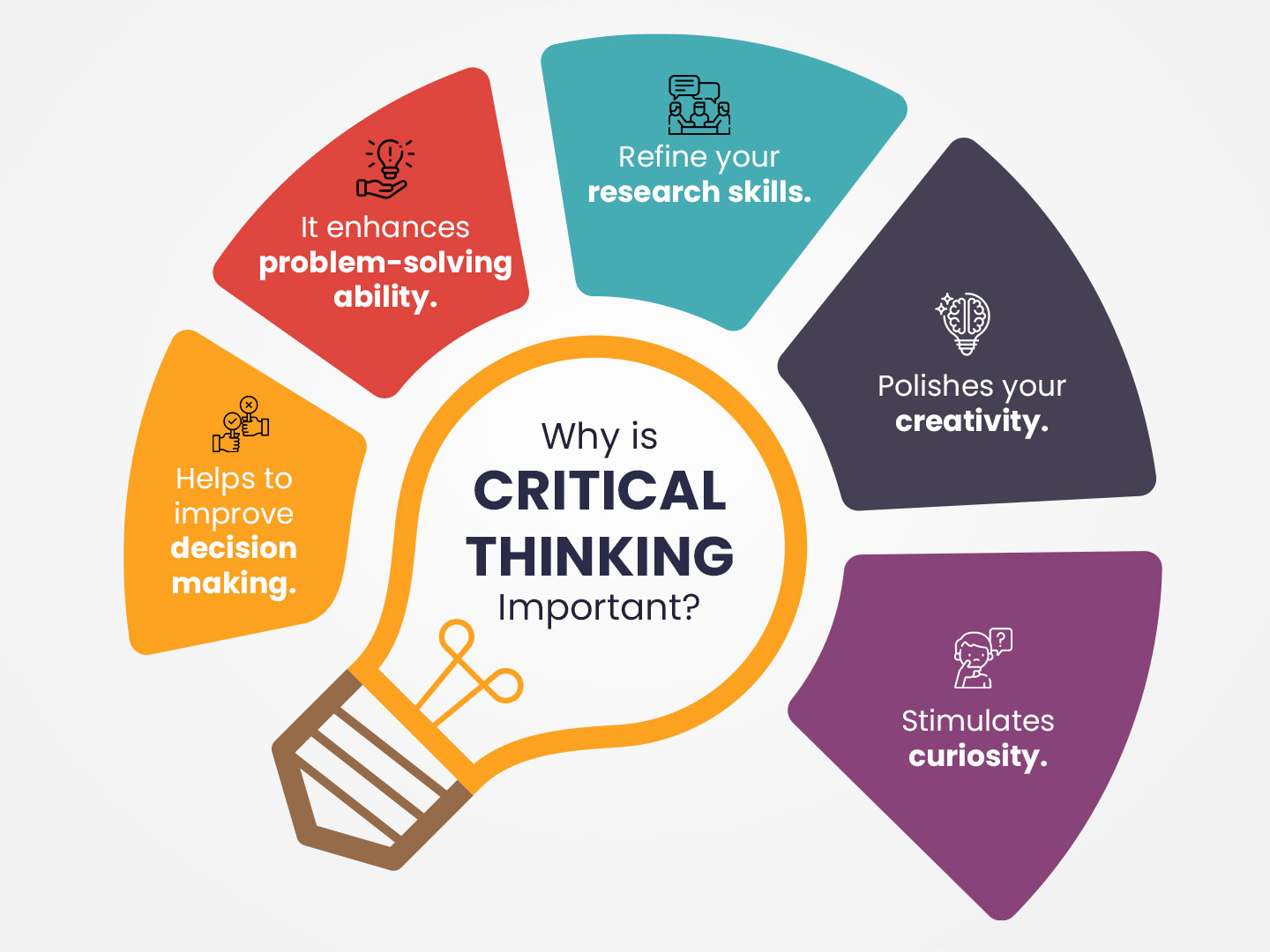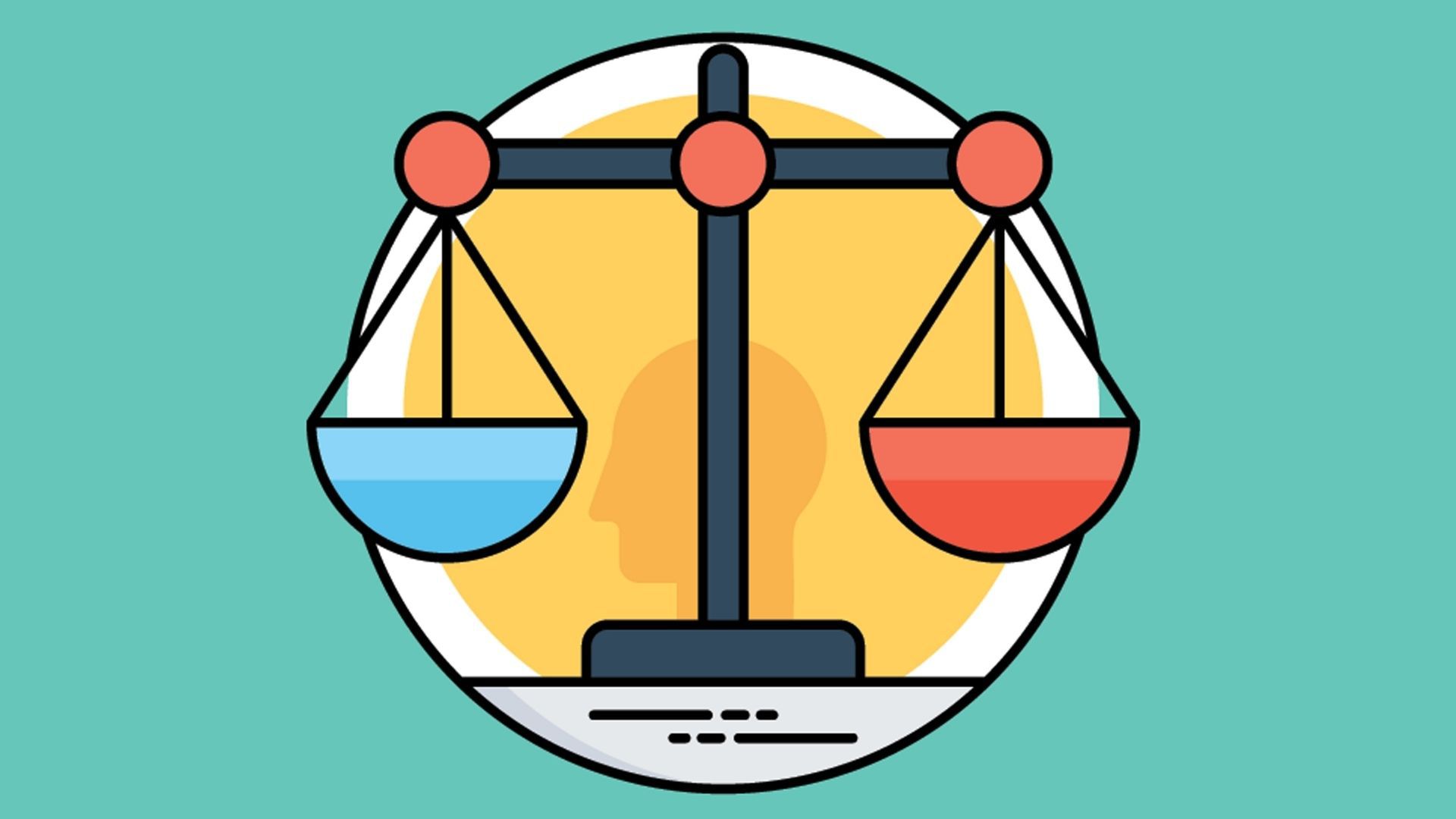Introduction:
In recent years, the field of artificial intelligence (AI) has made tremendous advancements, permeating various industries and transforming the way we live and work. One such domain where AI has made a significant impact is the creative realm. AI tools have emerged as invaluable companions for artists, designers, and creators, augmenting their abilities and unlocking new realms of imagination. In this article, we explore the revolutionary potential of AI tools in the artistic landscape and the ways they are reshaping traditional creative processes.

* Enhancing Creative Capabilities:
AI tools are designed to analyze vast amounts of data, recognize patterns, and generate insights. In the realm of art, this capability proves invaluable, enabling artists to amplify their creative prowess. From generating unique art pieces to providing novel design suggestions, AI tools empower artists to break free from creative blocks and explore uncharted territories. By leveraging machine learning algorithms, artists can delve into new ideas and push the boundaries of their creativity.

* Collaboration between Humans and Machines:
Contrary to popular belief, AI tools are not replacing human artists; instead, they are serving as collaborative tools, augmenting human creativity. Artists can use AI tools to gain inspiration, refine their concepts, and expedite the execution process. For instance, a painter can employ AI algorithms to generate initial sketches, which serve as a foundation for their artwork. This symbiotic relationship between humans and machines allows for innovative artistic expressions that were previously unimaginable.
* Unleashing New Artistic Styles:
AI tools have the ability to learn from extensive datasets and replicate artistic styles with astonishing accuracy. Artists can feed these tools with examples of different art movements, allowing them to generate artwork in the style of renowned artists like Picasso, Van Gogh, or Monet. This amalgamation of machine learning and artistic heritage gives rise to a new form of expression, expanding the artistic horizon and captivating audiences with novel aesthetics.

* Streamlining the Design Process:

In fields such as graphic design and architecture, AI tools have revolutionized the design process. Designers can utilize AI algorithms to automate repetitive tasks, generate layout options, or even simulate real-world scenarios. This streamlining of the design process enables designers to allocate more time and energy to creative decision-making, resulting in more innovative and refined outcomes.

* Democratizing Art and Design:

One of the most remarkable aspects of AI tools in the artistic domain is their potential to democratize art and design. Previously, artistic creation and design were often limited to individuals with specialized skills or resources. However, AI tools are breaking down those barriers by providing accessible platforms that allow anyone to explore their artistic inclinations. Novice artists and designers can now experiment, learn, and create with the assistance of AI tools, promoting inclusivity and diversity in the creative realm.

* Ethical Considerations:

While AI tools have immense potential, they also raise ethical questions. Issues such as copyright infringement, authorship, and the role of the artist in an AI-driven creation need careful consideration. As AI continues to evolve, it is crucial to establish guidelines and frameworks that ensure the responsible and ethical use of these tools, balancing innovation with respect for intellectual property and artistic integrity.
Here are some additional points to consider in the article about AI tools in the artistic realm:
1. Discovering New Perspectives: AI tools can analyze vast amounts of data and provide insights that artists may have never considered before. They can identify patterns, trends, and connections that human artists might overlook, offering fresh perspectives and inspiring innovative artistic approaches.
2. Overcoming Technical Challenges: Certain artistic mediums require technical expertise and skill. AI tools can assist artists in overcoming these challenges by automating complex processes or providing real-time feedback and suggestions. This allows artists to focus more on the creative aspects of their work, rather than getting caught up in technical details.
3. Personalization and Audience Engagement: AI-powered tools can help artists create personalized experiences for their audience. By analyzing user data and preferences, AI can generate customized artwork, interactive installations, or immersive experiences that resonate with individual viewers. This level of personalization enhances audience engagement and creates unique connections between the artwork and the viewer.
4. Preservation and Restoration: AI tools have the potential to play a crucial role in the preservation and restoration of artwork. They can analyze damaged or deteriorated pieces, reconstruct missing parts, and even simulate how the artwork might have originally looked. This aids in conserving the cultural heritage and ensuring that future generations can appreciate and learn from these artistic treasures.
5. Cross-disciplinary Collaboration: AI tools facilitate collaboration between artists and experts from other disciplines, such as data scientists, engineers, or researchers. By integrating AI expertise into the creative process, artists can explore interdisciplinary approaches and unlock new possibilities for artistic expression. This collaboration can lead to groundbreaking projects and foster a culture of innovation.
6. Exploring Virtual and Augmented Realities: AI tools contribute to the advancement of virtual and augmented reality experiences. Artists can leverage AI algorithms to create immersive digital environments, interactive installations, or even virtual artworks that respond to the viewer's actions and emotions. This fusion of AI and extended realities push the boundaries of artistic expression and offer unique interactive experiences.
7. Evolving Aesthetics: As AI tools continue to learn and adapt, they can contribute to the evolution of artistic aesthetics. By analyzing and synthesizing various artistic styles and influences, AI algorithms can generate hybrid or entirely new aesthetics that challenge traditional artistic conventions. This experimentation with aesthetics fosters innovation and encourages artists to push artistic boundaries.
8. Emotional Intelligence in Art: AI tools can be programmed to analyze emotions and sentiments, enabling them to create art that elicits specific emotional responses. Artists can leverage this capability to communicate and evoke emotions more effectively through their work. AI algorithms can also analyze audience reactions, helping artists understand how their art resonates with viewers on an emotional level.
9. Ethical AI in Art: The ethical implications of AI in art extend beyond copyright concerns. Artists and technologists must consider questions related to bias, inclusivity, and the responsible use of AI tools. Ensuring that AI algorithms are fair, transparent, and respectful of diverse perspectives is essential to maintain the integrity and social impact of AI-driven artistic creations.
10. Constant Evolution: AI is an ever-evolving field, and as technology advances, AI tools will continue to improve and become more sophisticated. This opens up endless possibilities for artists to explore and experiment with AI-driven creativity, fostering a dynamic and exciting artistic landscape.
Conclusion:
AI tools are revolutionizing the artistic landscape, unlocking new avenues for creativity, and transforming traditional artistic processes. By augmenting human capabilities, facilitating collaboration, and democratizing artistic expression, these tools are reshaping the way we perceive and create art. However, it is essential to approach this technology thoughtfully, addressing ethical concerns while embracing the boundless potential that AI holds for artists, designers, and creators. As AI continues to evolve, it will undoubtedly redefine the artistic landscape, offering artists new tools




